263459 MATE_like superfamilyThalassiosira pseudonana
| Chromosome | Product | Transcript Start | End | Strand | Short Name | |
|---|---|---|---|---|---|---|
| 263459 | chr_8 | MATE_like superfamily | 1114197 | 1116188 | + | MATE_like superfamily |
| NCBI ID | Ensembl Genomes exon ID |
|---|---|
| 7452365 | Thaps263459.3, Thaps263459.1, Thaps263459.2 |
| Expression Profile | Conditional Changes | Cluster Dendrogram | Discovered Potential cis-Regulatory Motifs |
|---|---|---|---|
Thaps_hclust_0308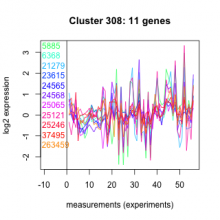 |
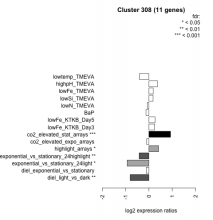 |
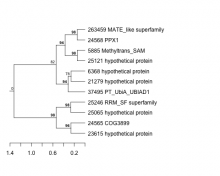 |
   |
| Normalized Mean Residue | Discovered Potential cis-Regulatory Motifs | |
|---|---|---|
|
Thaps_bicluster_0083 |
0.43 |
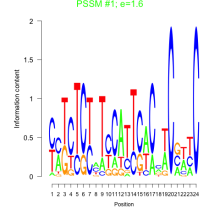 1.6 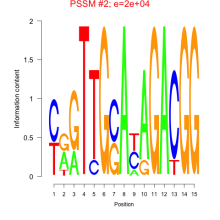 20000 |
| KEGG description | KEGG Pathway |
|---|---|
| Not available | Not available |

Add comment